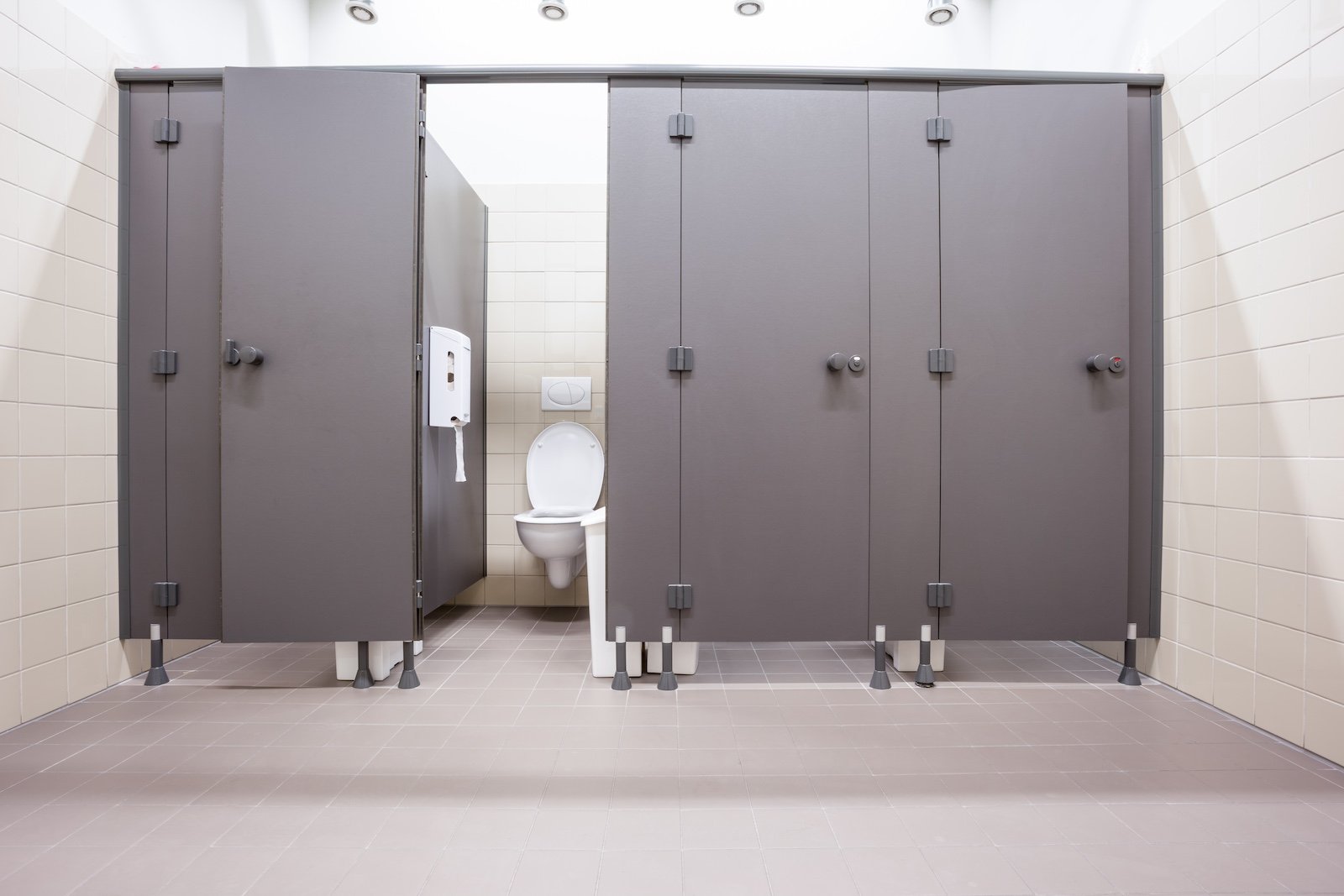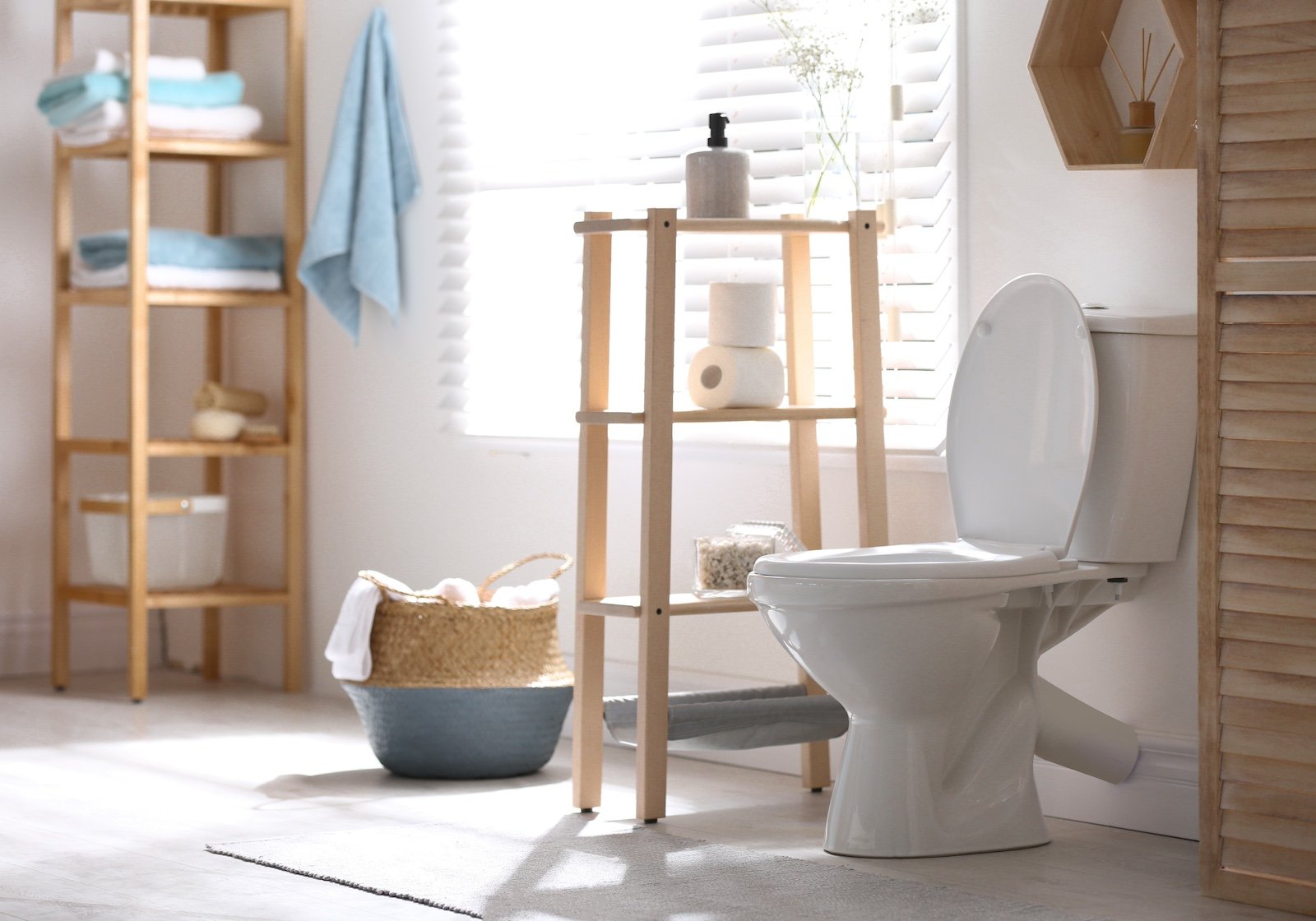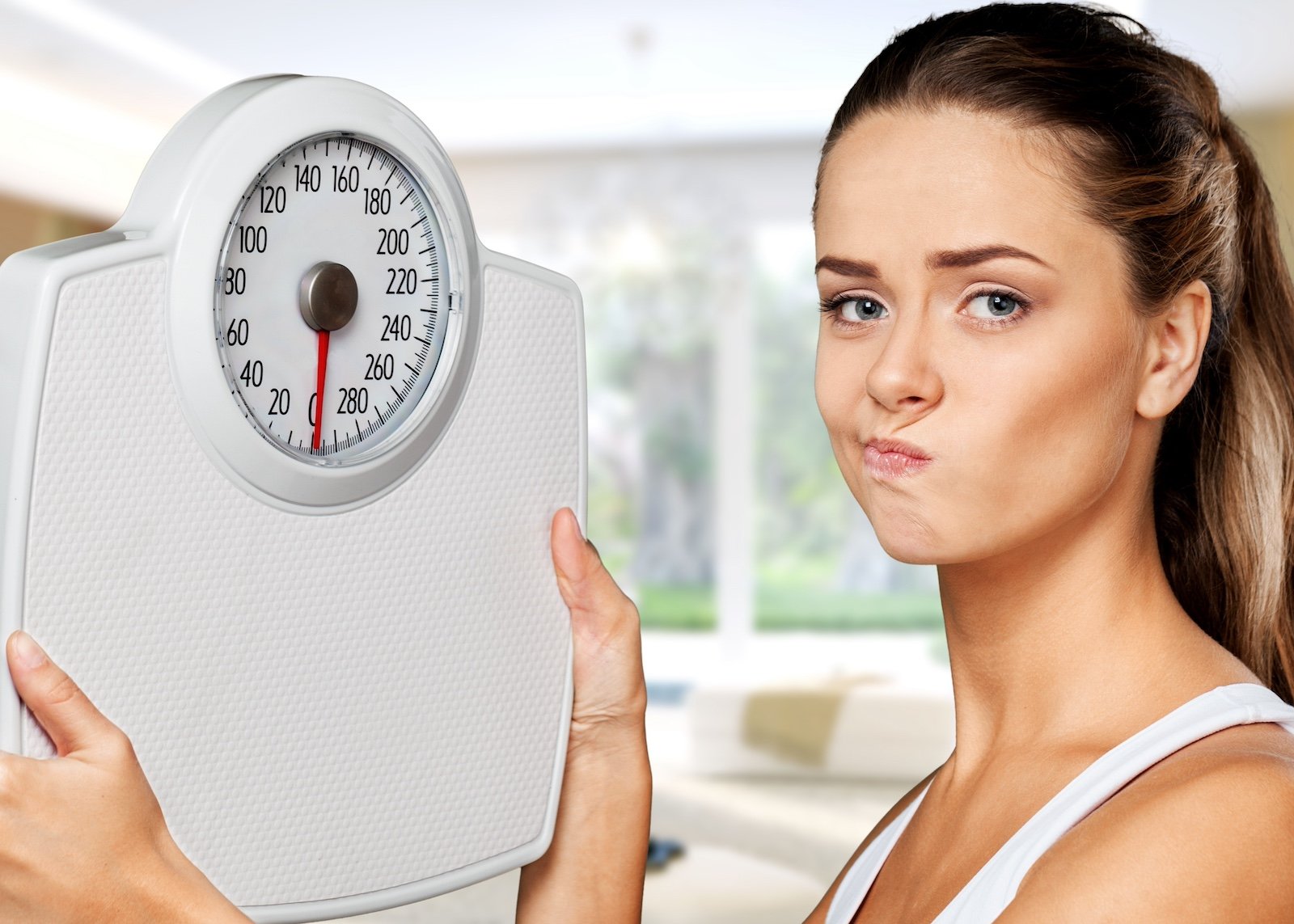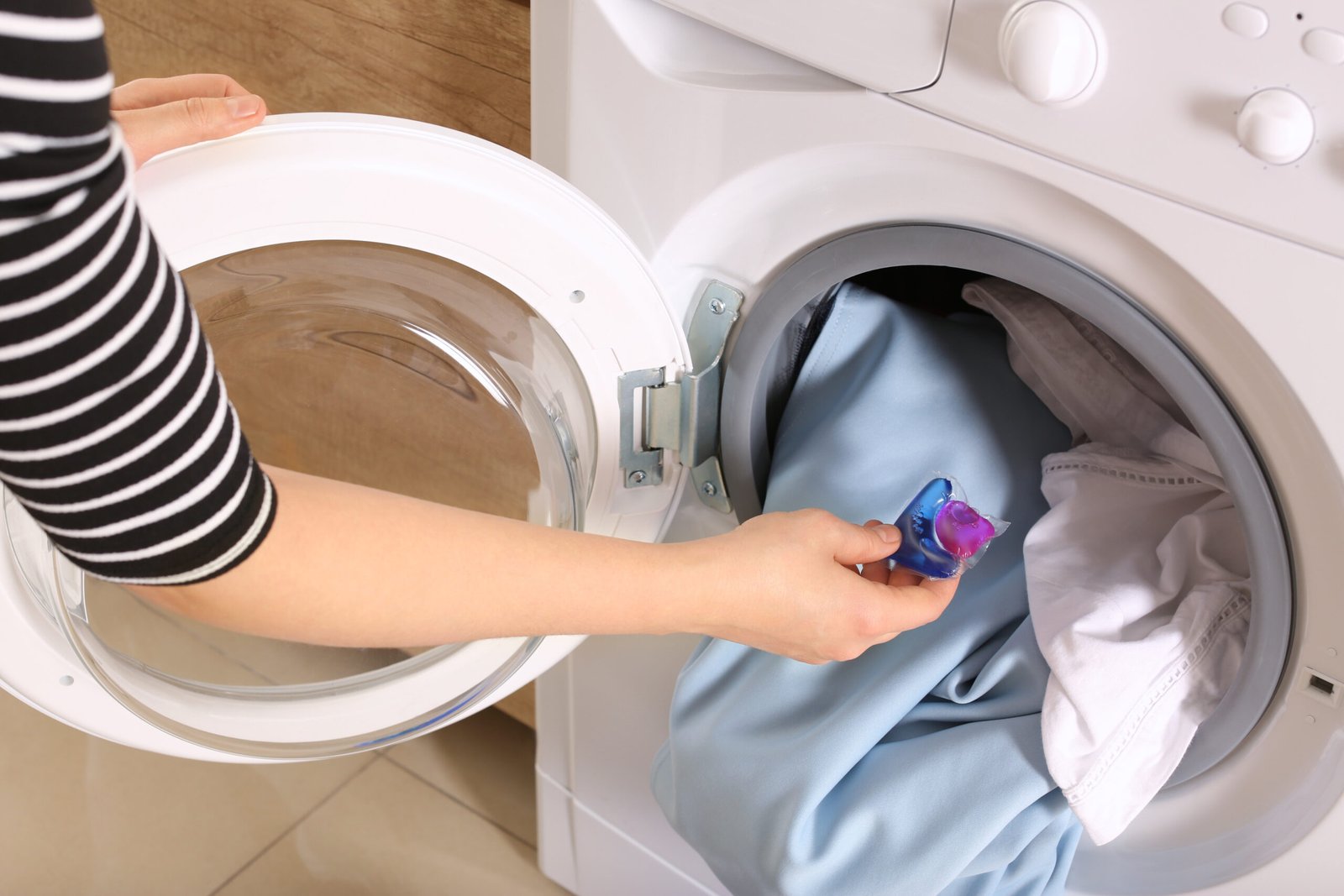In a rapidly globalizing world, cultural exchanges are becoming more common, and Americans are increasingly open to adopting foreign practices. A recent survey conducted by YouGov highlights several foreign ways of doing things that Americans are ready to embrace to enhance their quality of life. Here’s a closer look at these practices and why they resonate with many in the U.S.
Accessible City Areas by Sidewalks

A significant 70% of Americans expressed a desire for all city areas to be accessible by sidewalks. This practice, common in many European cities, promotes pedestrian-friendly environments, reducing reliance on cars, enhancing public health, and improving overall urban living standards. With cities designed for walking, residents can enjoy safer, more connected, and more vibrant communities.
Inclusive Pricing with Sales Tax

About 68% of Americans favor including sales tax in the listed prices of items, a standard in many countries outside the U.S. This approach simplifies shopping experiences by providing transparency and preventing the frustration of unexpected costs at the checkout. It allows consumers to make more informed purchasing decisions without the need for mental calculations.
National Minimum Paid-Vacation Allowance

57% of Americans support implementing a national minimum paid-vacation allowance, on top of federal holidays. This policy, widely adopted in many parts of the world, ensures workers have sufficient time off to relax and recharge, leading to better overall well-being and productivity.
Higher Minimum Wage for Waitstaff

More than half of the respondents, 56%, support a higher minimum wage for waitstaff, eliminating the need for tipping. This system, prevalent in various parts of the world, ensures fair and consistent wages for service industry workers. It can lead to better service quality, as waitstaff are not reliant on the variability of tips, and diners can enjoy a more relaxed and equitable dining experience.
Banning Prescription-Drug Advertisements on TV

A similar 53% of Americans are in favor of banning prescription-drug advertisements on television. Such bans are common in many countries and aim to reduce the commercialization of healthcare. By eliminating these ads, there is less pressure on consumers to request specific medications, allowing healthcare professionals to guide treatment decisions based solely on medical need rather than marketing influence.
Easier Bank Transfers Between Different Banks

Half of the surveyed individuals, 53%, support making bank transfers between different banks easier. This practice is already streamlined in many regions, enhancing financial mobility and convenience. Simplified bank transfers can lead to more competitive banking services and better financial management for consumers.
Narrower Gaps in Toilet Stalls

A notable 49% of Americans are bothered by the wide gaps in toilet stalls and would prefer narrower ones, a standard in many foreign countries. This preference underscores a desire for increased privacy and comfort in public restrooms, contributing to a more pleasant and secure experience in shared spaces.
Adoption of Electric Kettles

Electric kettles, a staple in many households worldwide, are favored by 47% of Americans. These appliances offer a faster and more energy-efficient way to boil water compared to traditional stovetop kettles. Their convenience and practicality make them an appealing addition to American kitchens.
Public Drinking Under Certain Conditions

Another 46% are open to the idea of public drinking under specific conditions, a practice allowed in various cultures. This could lead to more relaxed social environments and potentially reduce the stigma associated with alcohol consumption in public places, provided it is done responsibly.
Automated Tax Deduction

40% of Americans support the government automatically calculating and deducting taxes from every paycheck. This system, which is common in many countries, simplifies tax filing and ensures accuracy, reducing the stress and complexity of annual tax returns.
Smaller Portion Sizes

37% of respondents favor smaller portion sizes at restaurants and fast-food outlets. This practice, prevalent in many countries, encourages healthier eating habits and helps combat the growing obesity epidemic in the U.S.
Using Bidets

37% of Americans are open to using bidets for personal hygiene after using the toilet. Widely used in many parts of the world, bidets offer a more hygienic and environmentally friendly alternative to toilet paper.
Traffic Circles or Roundabouts

34% support using traffic circles or roundabouts instead of traffic-light intersections. This method, common in many countries, can improve traffic flow and reduce the likelihood of accidents.
Lower Drinking Age

30% of respondents favor lowering the legal drinking age to 18, aligning with the legal age in many other countries. This approach can encourage more responsible drinking habits and reduce the allure of alcohol as a “forbidden fruit.”
Metric System Adoption

25% of Americans are open to adopting the metric system for all measures. While this system is used worldwide, it faces resistance in the U.S. due to the entrenched use of the imperial system.
Washer/Dryer Placement

Lastly, 18% of respondents prefer keeping washers and dryers in the kitchen or bathroom rather than a utility room, a common practice in many European homes.


